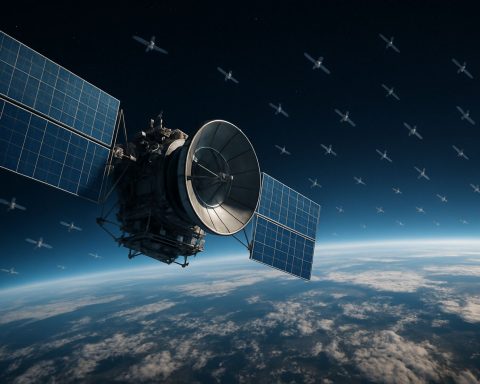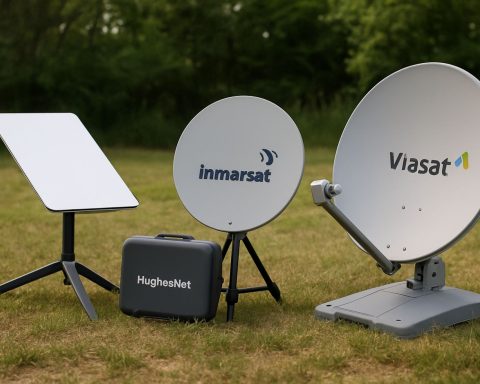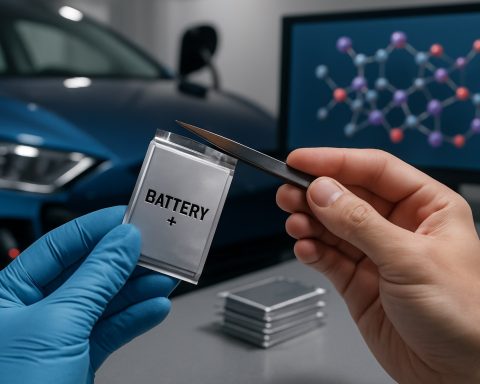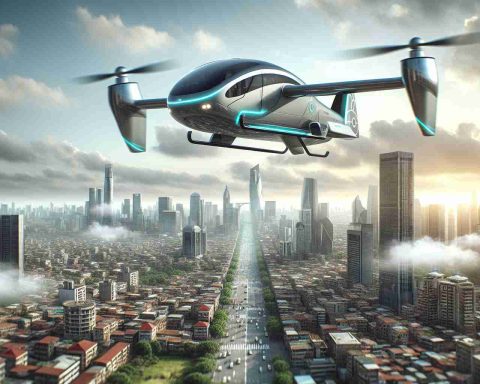- Cold climates pose significant challenges for electric vehicles (EVs), affecting charging times and battery performance.
- Arbor Battery Innovations, in collaboration with the University of Michigan, proposes a breakthrough to improve EV efficiency in cold temperatures.
- The innovation involves a “3D electrode architecture,” allowing rapid charging even at -10°C (14°F).
- This advanced battery technology prevents lithium plating, enhancing performance and reducing deterioration.
- The experimental battery boasts a charging speed of up to 6C, potentially enabling 10-minute charges under freezing conditions.
- This advancement could be rapidly integrated into existing manufacturing processes, facilitating widespread adoption.
- Unanswered questions remain about battery capacity and the nature of the rapid charging claims.
- Successful development could mitigate range anxiety for EV users, particularly in cold climates, edging closer to efficient, climate-resilient transportation.
Cold climates have long been a nemesis for electric vehicles, often turning efficient travel into a slow crawl. Electric vehicle (EV) aficionados know all too well the frustration of a charging station wait that stretches longer than a morning commute—all thanks to frigid temperatures. The promise of a future without this inconvenient snag lies in a pioneering experiment conducted by Arbor Battery Innovations in collaboration with the University of Michigan.
Imagine a world where sub-zero temperatures merely tickle your car’s battery, leaving its performance unscathed. Recent advances in battery technology reveal this might soon be more than just a dream. At the heart of this innovation is a sophisticated “3D electrode architecture,” a design that’s poised to change the fate of EV batteries forever. This novel approach allows EV cells to charge elegantly and efficiently even at a chilling -10 degrees Celsius (14 degrees Fahrenheit).
The secret is in the science—and a bit of daring engineering. Traditional batteries struggle in cold because the electrons move sluggishly, leading to a significant drop in both range and charging speed. Current solutions involve thickening the anode or employing expensive thermal management systems within the vehicle. However, the Michigan team dared to think differently. By meticulously designing their electrodes and ingeniously incorporating laser technology, they have managed to accelerate ion deposition while concurrently preventing the scourge of lithium plating—essentially stopping battery deterioration in its tracks.
This innovative cell doesn’t just charge quickly; it defies the freeze. With charging speeds ramping up to a dazzling 6C, this experimental battery proposes you could be back on the road in just 10 minutes, even under Mother Nature’s iciest temper. This rate surpasses the charging norms of many existing EVs, which typically charge at a moderate pace to maintain battery health against extreme wear.
Perhaps the most remarkable aspect is that this advancement doesn’t require a complete overhaul of existing manufacturing infrastructure. This means that, should this technology be commercialized, factories worldwide could adopt it swiftly, heralding a new era of cold-weather resilience in EV technology. Yet, questions remain; the specifics of the battery’s capacity and whether these rapid charging claims pertain to total or partial charge cycles remain under wraps.
While electric vehicle owners navigate the challenges of today’s battery limitations, this scientific breakthrough shines a hopeful light on the horizon. A time may soon come when EV drivers bid farewell to range anxiety in winter, enjoying swift charges without a performance penalty. For now, the promise of this discovery nudges the industry closer to that reality—a spectacular tease of what’s to come in the electrifying journey toward effective, climate-proof transportation.
Unlocking the Potential of Cold-Weather Electric Vehicles: Revolutionary Battery Breakthroughs
Introduction
Electric vehicles (EVs) have long faced challenges in cold climates, where freezing temperatures can drastically affect battery life and charging efficiency. However, significant advancements are underway that could soon eliminate these barriers. A pioneering innovation from Arbor Battery Innovations, in collaboration with the University of Michigan, promises to transform EV performance in sub-zero conditions, sparking hope for a future where EVs can smoothly handle harsh winters.
How Do Cold Temperatures Affect EV Batteries?
In frigid weather, traditional EV batteries suffer from reduced range and slower charging times due to sluggish electron movement. This results in increased lithium plating, deteriorating battery health. Conventionally, solutions have involved cumbersome and costly thermal management systems or modifications to the battery’s structure. But a groundbreaking approach involving “3D electrode architecture” and laser technology aims to overcome these obstacles effectively.
The Revolutionary 3D Electrode Architecture
The innovative cell design focuses on accelerating ion deposition while preventing lithium plating, allowing for rapid charging rates as high as 6C. This means that even at -10 degrees Celsius (14 degrees Fahrenheit), an EV could be ready to hit the road in just 10 minutes—a drastic improvement compared to current charging times.
Real-World Use Cases and Practical Implications
1. Winter Resilience for EV Owners
– Immediate Benefits: Reduced winter range anxiety and faster charging mean EVs could become more reliable for everyday use in colder regions, eliminating the need for backup gasoline vehicles.
– Compatibility: Since this technology can be adapted to existing manufacturing processes, a seamless integration into current EV models is possible, making it easier for consumers to adopt.
2. Positive Environmental Impact
– Sustainability: By reducing cold-weather inefficiencies, EVs can further minimize their carbon footprint, aligning with global sustainability goals.
– Resource Efficiency: The elimination of additional thermal management systems leads to more resource-efficient manufacturing.
Technical Specs and Industry Trends
The cold-weather battery breakthrough does not necessitate a complete overhaul of current manufacturing infrastructure. This accelerates potential market adoption and aligns with industry trends focusing on minimizing production costs while maximizing battery efficiency. As more manufacturers adopt these technologies, the market for cold-weather EVs could expand rapidly, fostering widespread EV adoption in notoriously cold regions like Canada and Northern Europe.
Pros and Cons of the New Approach
Pros:
– Fast Charging: Significant reduction in charging times, even in cold climates.
– Enhanced Battery Health: Prevention of lithium plating extends battery lifespan.
– Compatibility: Easier adoption due to minimal changes in manufacturing.
Cons:
– Undisclosed Specifications: Full details on capacity and charging cycles remain proprietary.
– Cost Implications: Initial advancements might incur higher costs, though they are expected to decrease with scale.
Future Implications and Recommendations
As the technology progresses towards commercialization, understanding its full capabilities and constraints is crucial. Here are some actionable recommendations:
– Stay Informed: EV owners and manufacturers should monitor developments in battery technology to maximize the benefits of future innovations.
– Consider Location: When purchasing an EV, take climate into account to choose a model best suited for local conditions.
– Manufacturers: Collaborate with research institutions to quicken the development and implementation of such groundbreaking technologies.
For further information on electric vehicles and developments in battery technology, visit Forbes or The Verge.
As the landscape of electric vehicles evolves, this innovation signifies a substantial leap forward. It paints an optimistic picture for EV owners in cold-weather regions and underscores the potential for an electrified future unhindered by climate constraints.










